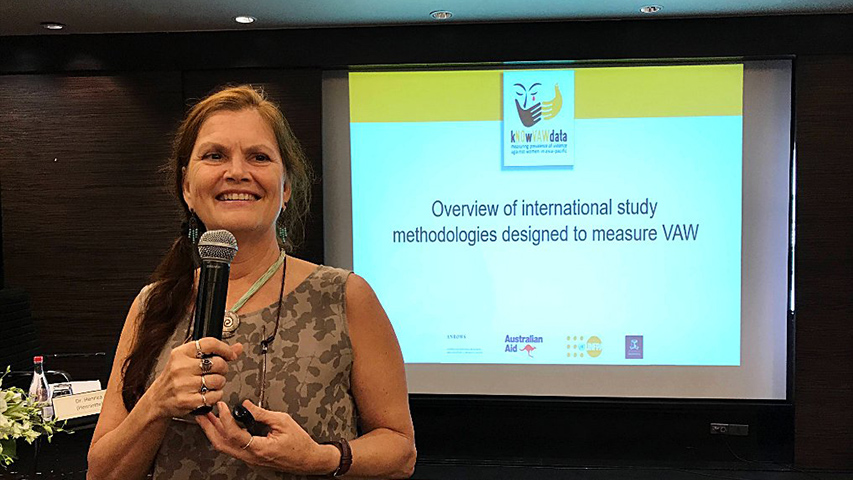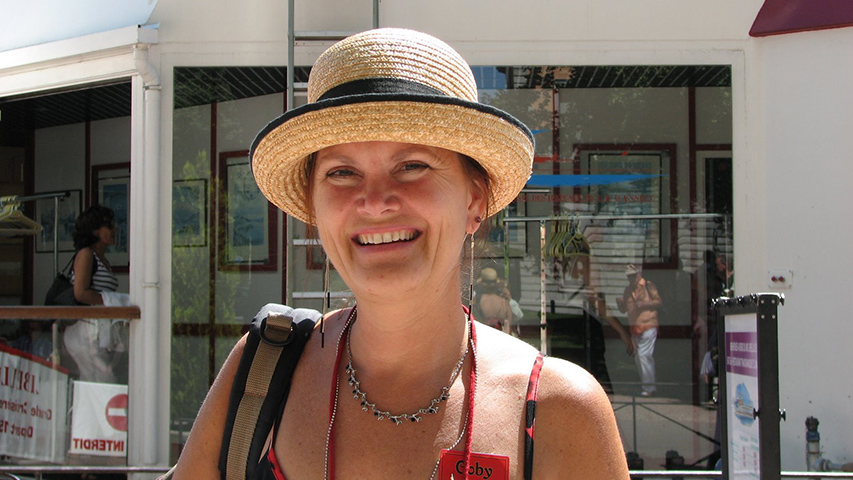
Jansen and her Journey in translating VAW data into Meaningful Interventions and Policies
by Yash Saboo August 24 2018, 9:55 am Estimated Reading Time: 2 mins, 57 secsThe United Nations defines violence against women as "any act of gender-based violence that results in, or is likely to result in, physical, sexual or mental harm or suffering to women, including threats of such acts, coercion or arbitrary deprivation of liberty, whether occurring in public or in private life." Violence Against Women (VAW) is a global problem affecting many women and girls worldwide. VAW is often culture and context specific and has many individual and societal implications. Yet, there are similarities in the dynamics of VAW across all cultures.
Henriette Jansen, who started her career as an epidemiologist, first studying intestinal parasites couldn't have guessed she would end up becoming a technical adviser for violence against women data and research for the United Nations Population Fund.

She returned to school at the age of 40 to deepen her knowledge of medical demography, excited to head to Indonesia afterward to help develop an international master’s in field epidemiology. It was chance, Jansen said, that diverted her from that path into the shadowy field of violence against women data collection - one she knew little about at the time, reports Devex.
Jansen’s name is synonymous with the gold standard of sensitive data collection. She has helped governments and women’s groups in 35 countries establish surveys to understand violence against women in their nations — and worked as a consultant or adviser on various health statistics projects in 30 more.
The most recent, national survey of American women found that a slight majority (51.9 percent) reported experiencing physical violence at some point in their life. These figures, it's worth pointing out, are from 2000 because that's the last time the Department of Justice released a comprehensive report on the prevalence of violence against women.

This is higher than other developed countries. One-quarter of Swedish women, for example, reported experiencing physical violence during their lifetime. In Italy, the number stands at 18 percent.
The statistics are alarming but doesn't discourage Jansen, who hangs a map highlighting VAW statistics in Asia and the Pacific on her office wall.
According to Devex, when Jansen started out, she was building on the very few gender-based violence studies conducted in the developing world in the 90s. It was common practice for male enumerators to interview multiple women per household, often in front of men or other potential perpetrators in the house. Under Jansen’s leadership, the exercise of conducting sensitive surveys has changed dramatically. Women enumerators receive extensive training in the art of the interview, surveying only one woman per household in a safe, private space.
Still, as combating violence against women has increasingly become a priority for both governments and donors, mistakes are common. Jansen remembers a country where the survey team presented an official letter to the community leaders about the questionnaire on domestic violence.
“The men all went running home and told their wives not to collaborate, not to open the door when the interviewer was there,” she recalled.
There's a long way to go but Jansen is proud of her work and at the same time also cautions against being too optimistic about where the field is now versus when she started.
“Is violence against women still so much of a problem? That's a difficult thing to say because we still have very little evidence. It's only so recent that we know how to measure it and it's too short to really be able to see ... the big picture, if things are changing,” says Jansen.








-173X130.jpg)
-173X130.jpg)
-173X130.jpg)
-173X130.jpg)